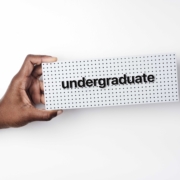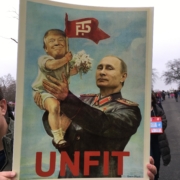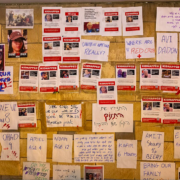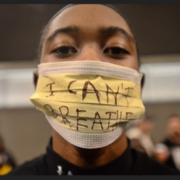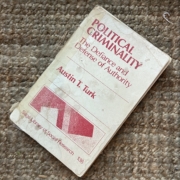Why developing a literacy of graffiti and street art is important
If you see or interpret graffiti and street art only through a legal, criminal justice, and property rights lens then it is unabashedly and unequivocally vandalism.
But graffiti and street are more than this. In order to go beyond the tropes, misinformation, and common place explanations of this predominantly urban art form you need to learn a little about graffiti and street art. How much you need to know is not my point, but moving beyond a superficial understanding is important. I call this process developing a literacy of graffiti and street art.
Why is developing a literacy of graffiti and street art important?
There are a handful of reasons. To begin with, some subjects are more relevant to know than others. But if you are a city dweller, work there, or even pass through as a commuter or tourist, understanding your immediate environment, in which graffiti and street art is a part, is helpful.
We are also consciously and unconsciously affected by the environment around us. Understanding graffiti and street art, an essential part of urban street culture, can enable you to better interpret the visual landscape of your neighborhood and city.
Moreover, there is a considerable amount of unnecessary expenditure of tax dollars on graffiti and street art abatement. Every year municipalities, counties, states, business improvement districts, and corporations spend lots of money removing or painting over graffiti and street art. But not all graffiti and street art needs to be removed or painted over. Some of it can actually serve an educational purpose, drawing attention to crimes of the powerful, or enhance what is otherwise a dull and drab environment.
Knowing about graffiti and street art, for example, may enable you to critically debate or engage with individuals and organizations, who claim to know something about this subject, but may be poorly informed.
After gaining some basic knowledge about graffiti and street art, members of the public who have consciously or unconsciously bought into the broken windows theory and believe that graffiti (and perhaps street art) are indicators of dangerousness, should eventually feel a sense of ease, when they traverse neighborhoods where this form of urban art exists.
How can you gain an understanding of graffiti and street art?
There are at least three interrelated ways we can learn more about graffiti and street art.
It all begins with getting informed. I’m not suggesting picking up a spraycan or stencil, or doing an urban street ethnography. Although there are numerous books on the subject, you don’t need to read an entire one on the subject to learn about graffiti and street art.
Consult a reputable website that discusses graffiti and street art. But don’t simply assume that what you read on the world wide web is the truth or the gospel. There are numerous books and articles that go into greater detail about graffiti and street art.
Go beyond the obvious. Question both your assumptions and those of others who claim or appear to be in the know about graffiti and street art. (This goes for just about anything you claim to be an expert in).
Join, participate in, and engage with a community forum, including a social media site, that deals with graffiti and street art.
What’s next?
We need to stop sleep walking through our proximate urban environment and critically engage with it.
Failing to dig deeper than stereotypes about graffiti writers, street artists, the work they do, and the impact they have on our immediate public space and society in general, will not cure cancer or end racism, but it may have the ability to change the way you interpret and deal with the environments you live and work in, or pass through.
Ignoring or completely writing off graffiti and street art as simple brazen acts of vandalism is too simplistic an interpretation. Somebody or some group of people are trying to say something. You may not agree with it, the method, or its’ meaning, but it’s there.
Developing a literacy about graffiti and street art may improve your life, not by leaps and bounds, but in a small and subtle ways.
Photo Back alley Washington, DC, Union Market, December 2020 by Jeffrey Ian Ross


